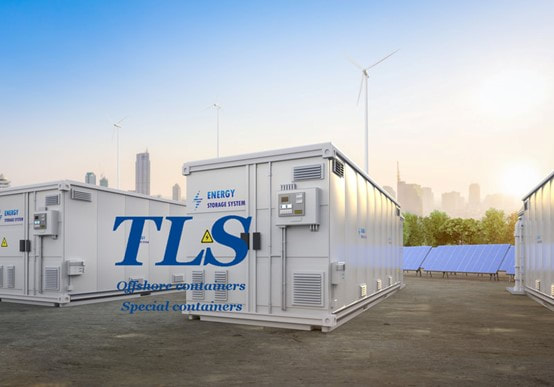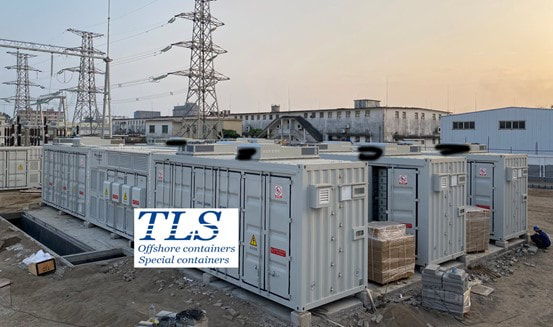|
In the realm of energy storage, Battery Energy Storage Systems (BESS) have emerged as pivotal assets for managing power grids efficiently and sustainably. As the demand for renewable energy integration grows, the importance of efficient BESS operation becomes increasingly evident. Among the critical components of BESS infrastructure is the Energy Management System (EMS), which plays a crucial role in optimizing performance and ensuring seamless integration with the grid. In this blog post, we delve into the intricacies of EMS communication within BESS containers manufactured by TLS, shedding light on its functionality and significance. What is EMS Communication? EMS communication refers to the exchange of data and instructions between the Energy Management System and various components within a BESS container. The EMS serves as the central intelligence hub, orchestrating the operation of batteries, inverters, monitoring devices, and other subsystems to achieve optimal performance objectives. Key Components of EMS Communication in TLS BESS Containers:
Benefits of Effective EMS Communication in TLS BESS Containers:
Conclusion: In the realm of energy storage, effective communication between the EMS and various subsystems is essential for optimizing performance, ensuring grid stability, and maximizing the value of BESS assets. TLS BESS containers exemplify this principle, boasting robust EMS communication capabilities that enable seamless integration, enhanced control, and superior operational efficiency. By leveraging advanced technology and innovative design, TLS continues to redefine the landscape of energy storage, empowering utilities, renewable energy developers, and grid operators to embrace a sustainable energy future. TLS Offshore Containers / TLS Special Containers is a global supplier of standard and customised containerised solutions. Wherever you are in the world TLS can help you, please contact us. Regarding the Battery Energy Storage System (BESS) container, please download Energy Storage System (ESS) Containers brochure for reference. Key words: #Battery Management System (BMS) #Inverters #Grid monitoring #SCADA systems #Performance optimization #Grid stability #Renewable energy integration #Ancillary services #Real-time data #Operational efficiency #Remote management #Predictive analytics #Maintenance scheduling Written by OliverComments are closed.
|
Archives
July 2024
Categories
All
|
- Home
-
Containerised solutions
- Intelligent pressurised container | MUD logging cabin
- Battery energy storage system (BESS) container
- Flexible grid tied battery storage system
- Laboratory container | workshop container | Equipment containers
- Temporary refuge shelter | Toxic gas refuge | Safe haven
- Offshore accommodation cabin | office container
- Reefer container | Refrigerated container
- Intelligent waste water treatment container
- Fresh water generator container
- Cargo Containers
- Product photos & videos
- News & Blogs
- Contact us
|
Featured products
Intelligent pressurised container Temporary refuge (TR) shelter, toxic gas refuge (TGR) Battery energy storage system (BESS) container Containerised waste water treatment plant Fresh water generator container Reefer container Laboratory container, Workshop container Accommodation container Offshore closed container |
All Rights Reserved 2020 © TLS Offshore Containers / TLS Energy
|


